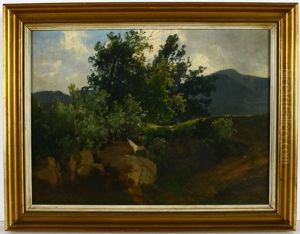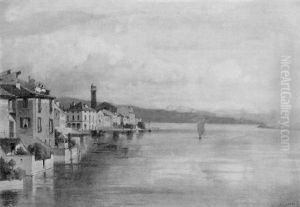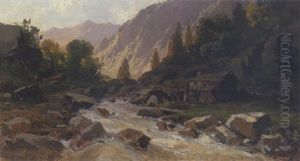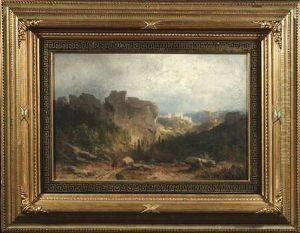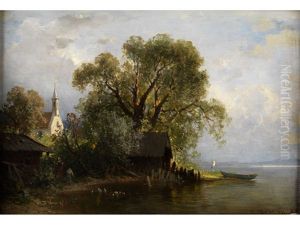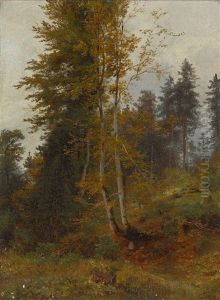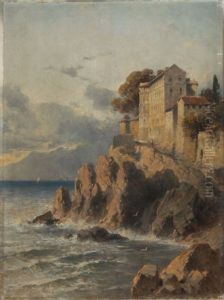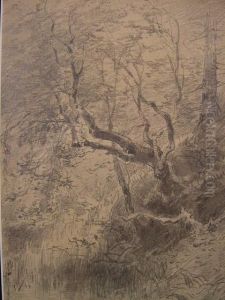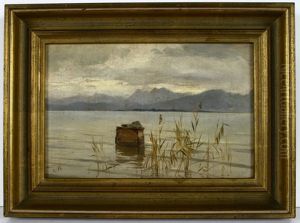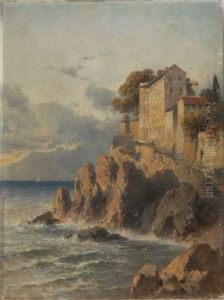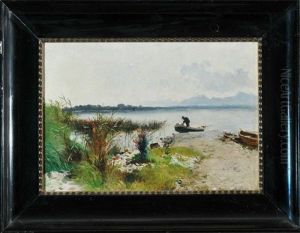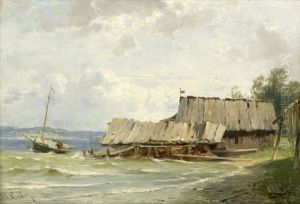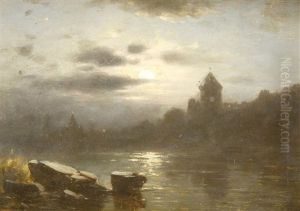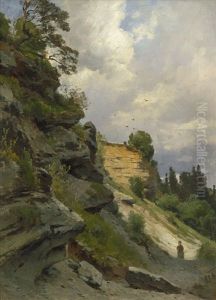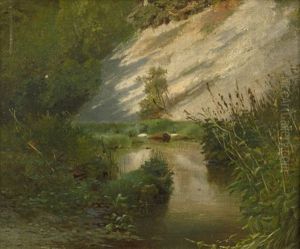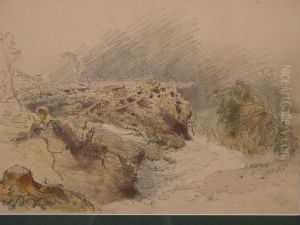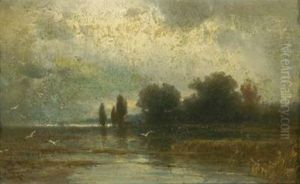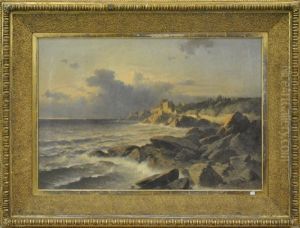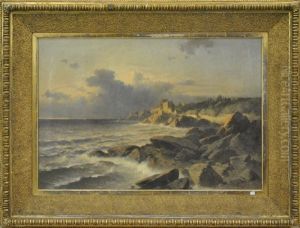Carl Bolze Paintings
Carl Bolze was a less well-known German artist born in 1821 and died in 1904. Due to the limited availability of historical records on Bolze, his biography is not as richly detailed as those of many of his contemporaries. However, it is known that he was active during the 19th century, a period rich in artistic innovation and the development of various art movements such as Romanticism, Realism, and Impressionism.
Working primarily in Germany, Carl Bolze would have been surrounded by the influences of German Romantic painters like Caspar David Friedrich and Philipp Otto Runge, who emphasized emotion, nature, and national identity. Yet, without more specific details about his oeuvre or the exact nature of his contributions to the art world, it is difficult to categorize Bolze's work or assess his impact accurately.
The 19th century was also a time of significant social and political change in Germany and Europe, which would have shaped the cultural landscape in which Bolze was creating art. Despite this, Bolze remains a relatively obscure figure, and art historians often rely on broader historical context to hypothesize about artists like him whose works and lives are not well-documented.
In the context of German art history, Bolze would have been a contemporary to painters such as Adolph Menzel and Arnold Böcklin. Menzel was known for his detailed depictions of the Industrial Revolution in Germany, while Böcklin's symbolist works delved into mythological and fantastical themes. While Bolze's name does not stand out like these artists, he was certainly part of the rich tapestry of 19th-century European art.
It should be noted that because Carl Bolze is not a widely recognized name in art history, there is a possibility of confusion or conflation with other artists or individuals. As such, any additional information that comes to light could provide a more comprehensive understanding of his life and work. Until then, Carl Bolze remains a somewhat enigmatic figure, representative of the countless artists whose contributions to the cultural heritage may have been significant but are not fully acknowledged by history.
